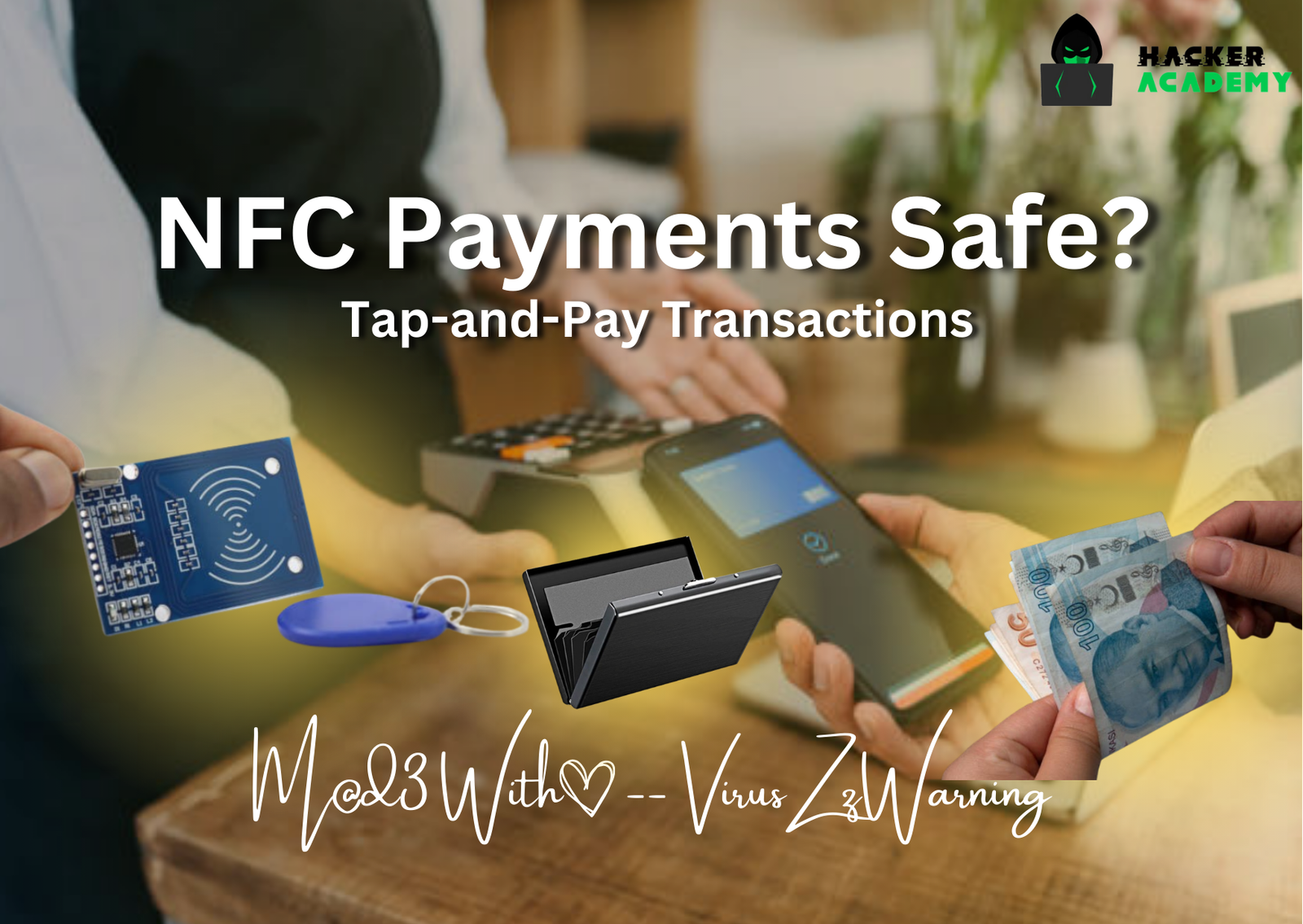
NFC Payments Safe? Tap-and-Pay Transactions
You tap your phone, grab your coffee, and go – a simple, convenient NFC payment. But lurking behind that seamless transaction lies a realm of security concerns and questions. Is your tap-and-pay method really safe? Let’s delve into the world of NFC (Near Field Communication) payments to uncover the truth.
Understanding the NFC Standard
NFC (Near Field Communication), a wireless communication technology, allows devices in close proximity to exchange data. Think of it as the magic behind your contactless payments. Its convenience stems from its simplicity – a swift tap and your transaction is done. But simplicity doesn’t always equate to foolproof security.
What is NFC?
NFC is a wireless communication protocol enabling two devices to exchange data when in close proximity, typically within a few centimeters. Its seamless operation has revolutionized various sectors, from mobile payments to smart device connectivity.
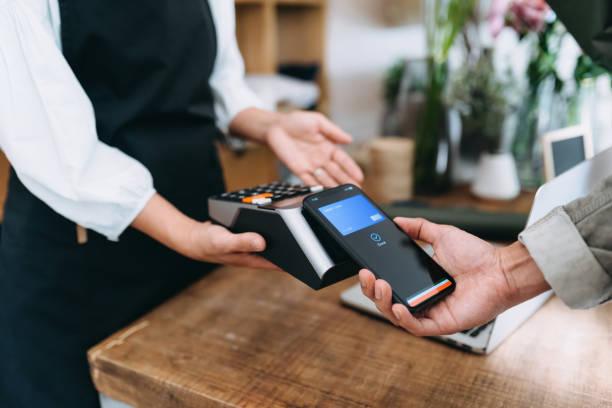
The Foundation: How NFC Operates
Operating at 13.56 MHz frequency within the High-Frequency (HF) RFID range, NFC utilizes electromagnetic induction to establish communication. It allows devices to either act as a reader, writer, or both, facilitating bidirectional data transfer.
Modes of Operation
NFC operates in three modes:
- Reader/Writer Mode: Initiating communication and writing data onto compatible NFC tags or devices.
- Peer-to-Peer Mode: Enabling two NFC-enabled devices to exchange information seamlessly, supporting functions like file transfer or contactless payments.
- Card Emulation Mode: Allowing an NFC-enabled device to emulate an NFC card, facilitating transactions like tap-and-pay.
How Secure is NFC?
Transitioning from cash to card, and now to contactless methods, security concerns have always followed. NFC transactions are encrypted, adding a layer of protection, yet vulnerabilities persist. Eavesdropping, data interception, and relay attacks are among the risks users face.
Security should not be taken for granted in this digital age. As convenience amplifies, so does the need for heightened vigilance. Hackers are continuously exploring ways to exploit technological advancements for their gain. And NFC, with its convenience, becomes an attractive target.
Phone Payments – Are They More Secure?
Your smartphone holds the key to a multitude of functions, including NFC payments. Yet, it’s also a prime target for cyber threats. The amalgamation of personal data and payment information within a device becomes a goldmine for malicious actors if left unprotected.
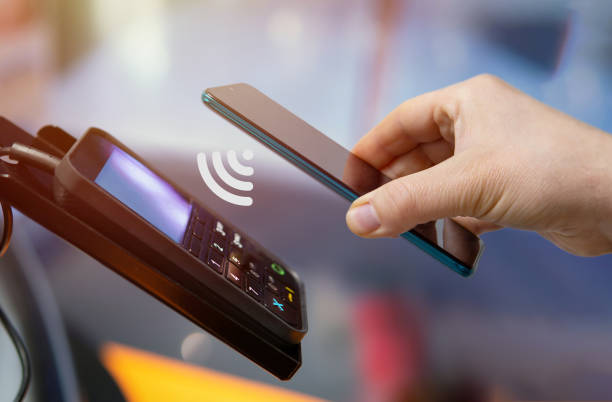
However, the on-device security measures, like biometric authentication and tokenization, provide added layers of defense. But remember, the weakest link in this chain might not be the technology itself but rather the user.
The Vulnerability of Mobile Devices
Your smartphone acts as the hub for NFC transactions, storing sensitive payment data. However, mobile devices are susceptible to malware, phishing attacks, and unauthorized access. Compromising a device grants adversaries access to stored payment credentials, compromising your financial security.
Device-level security, encompassing biometric authentication and secure elements, serves as a fortress against unauthorized access. Yet, the onus lies on users to maintain updated software, adopt secure practices, and install reputable applications to fortify this defense.
How to Make Your Contactless Payments More Secure
Enhancing the security of your NFC payments rests, in part, in your hands. Updating your device’s software, enabling additional security features, and monitoring your transactions are essential steps. Moreover, utilizing dedicated payment apps with added security measures could bolster your defenses.
Employing RFID-blocking wallets or sleeves also thwarts potential data theft attempts. Being aware of your surroundings while making payments and avoiding using public Wi-Fi networks during transactions further fortify your security measures. Some more points to keep in mind, are as follows:
- Try RFID blockers – These are small cards or wallets that create a barrier between your card and the outside world, mitigating potential skimming attacks.
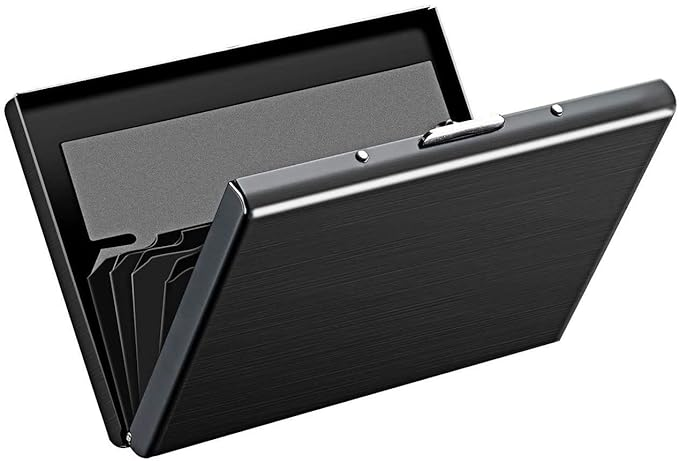
- Set up low payment limits – This can be done through your bank or their software, wherein you can set a maximum limit on how much you can purchase through contactless payments.
- Use phone payments – Even though these apps can have their flaws, they are still a bit more secure than contactless cards, thanks to additional authentication requirements.
- Use cash – This probably doesn’t need an explanation. However, you may worry about carrying large amounts of money in your wallet, which can also be stolen.
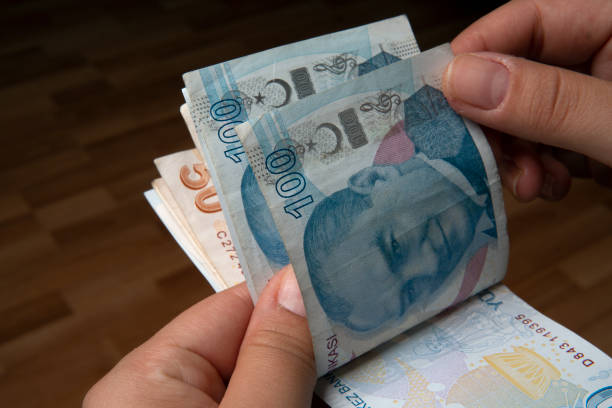
Conclusion
In this ever-evolving digital landscape, security should be your priority. Stay informed, adopt best practices, and safeguard your transactions. Your awareness and actions pave the way for a safer digital future.
NFC payments offer a convenient gateway to frictionless transactions, but this convenience demands caution. The responsibility lies not only with technology developers but also with users. Understanding the risks, adopting preventive measures, and staying informed form the pillars of secure NFC transactions.
Remember, your actions directly impact the safety of your transactions. As technology evolves, so must our approach to security. Embrace the digital age, but empower yourself with knowledge and vigilance to ensure safer NFC payments.



